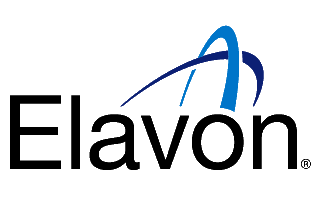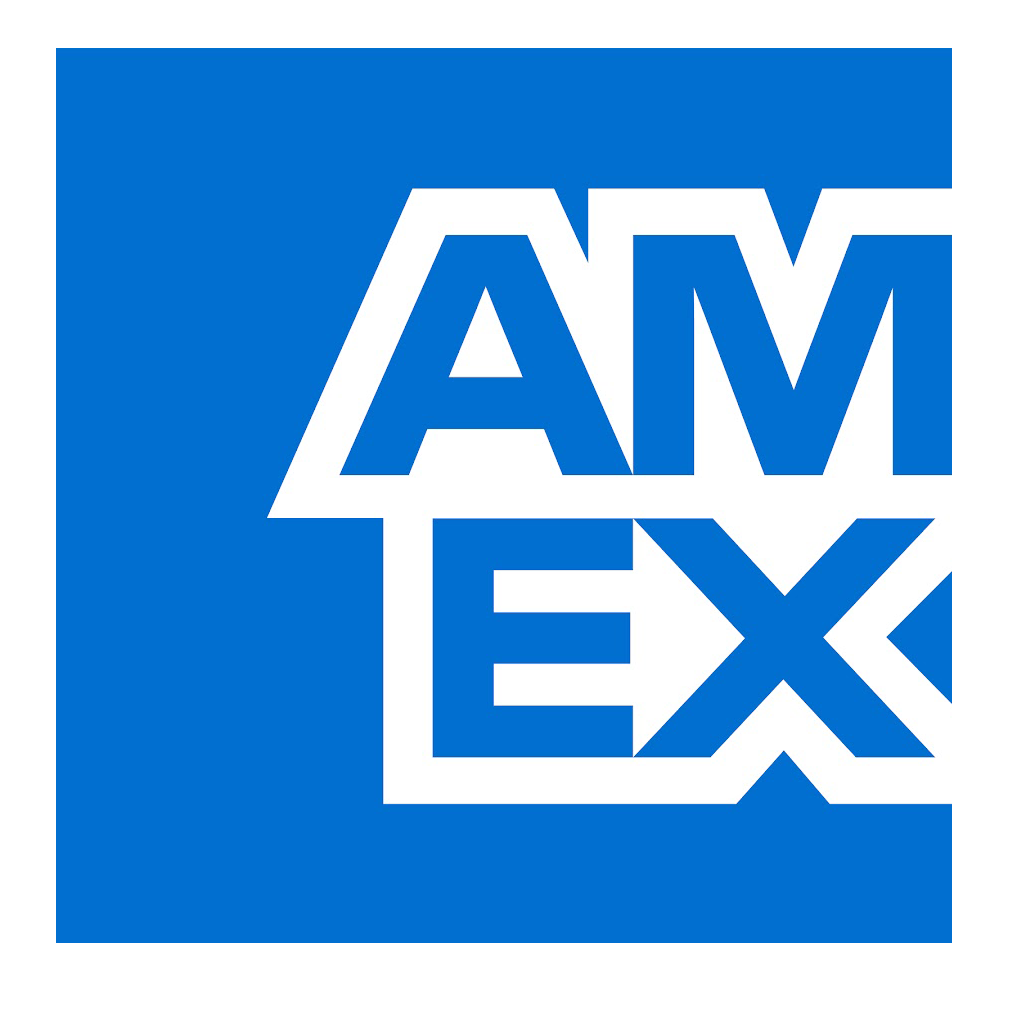Pains and Gains: Conquering Healthcare’s Payment Woes
While tasked with caring for our collective health, the healthcare industry is in need of relief for a condition of its own: a payments ecosystem rife with inefficiencies that have detrimental impacts — not just on organizations but also on the quality and cost of patient experiences. Digital payments offer a solution, but as digital transformation sweeps across other industries, healthcare continues to move at a more reluctant pace, with traditional payment methods and processes still deeply rooted within the industry. Embracing operational change in this arena is also complicated by some stubborn obstacles, even if the remedy is well worth it in the end.
- Healthcare’s Payments Affliction
- Digital Remedies for Payment Pain Points
- No Easy Cure: Obstacles to Digital Payments Integration in Healthcare
- An Insider on Optimizing Healthcare Collections With Digital Payment Strategies
- A Holistic Approach to Digital Payments Transformation in Healthcare
Some of the healthcare industry’s most pressing operational pain points arise from inefficient and outdated payments and claims processes that threaten the industry’s financial health.
Healthcare’s cash flow pain points are incapacitating.More than half of healthcare payment leaders describe payment and claims processing delays as a threat to operations, and 80% are convinced that improving the efficiency of these processes is vital to the success of their organizations. However, just 53% report adequately automating payment workflows. This discrepancy shows that a substantial share of the industry still relies on manual, error-prone processes despite widespread acknowledgment of their negative impact on operational success. Against this backdrop, modernizing payments infrastructure offers a clear way forward.
84%of healthcare leaders report financial losses from outdated AR processes.
Payment and claims inefficiencies are draining healthcare resources.Eighty-four percent of healthcare organizations report financial losses stemming from cumbersome accounts receivable (AR) processes. Not surprisingly, 85% acknowledge the crucial need to revamp their payment experiences to curb the time and drain on resources required by current systems. With the overwhelming majority identifying the issue as mission critical, these inefficiencies call for urgent intervention.
Healthcare’s dependency on paper inhibits timely collections.Digital transformation is long underway in other industries, yet 69% of healthcare providers still depend on paper statements for patient payment communications. This anachronism exacerbates the challenge of timely patient collections, which nearly half of providers identify as their primary concern in revenue cycle management. The continued reliance on paper represents a missed opportunity to capitalize on the vast potential of digital payment innovations to stabilize revenue and improve financial forecasting.
Digital Remedies for Payment Pain PointsAs digital transformation continues to make its way into everyday life, the healthcare industry is increasingly ready to explore its potential. Innovators across the industry are tackling inefficiencies and improving patients’ experiences — one payment at a time.
Weave injects patient convenience into the payment process.$760B-$935B
is wasted yearly in healthcare due to payment and claims inefficiencies.
Healthcare experience platform Weave’s recent launch of payment installment plans is a major win for patient convenience — and for administrative efficiency. Within the new platform, healthcare businesses can set up and manage recurring payment schedules by entering the amount due, first billing date and the number of months over which payment is to be spread. Payments are then charged automatically to the patient’s selected card saved on file until the balance is paid.
“Weave is committed to making it easier for healthcare providers to process and collect payments,” said Branden Neish, chief product and technology officer at Weave. “With payment plans, businesses can streamline recurring payments, which is a vital component of efficient cash flow management and elevated customer satisfaction.”
The launch comes on the heels of a series of other payment solutions Weave has introduced recently for patients, including automated clearing house (ACH) direct debit payments earlier this year. This method allows patients to pay directly from their bank accounts, offering an additional option for fast and seamless transactions. The result of all these innovations is a potentially significant reduction in administrative overhead linked to healthcare claims and a commensurate boost to patient-friendly service.
AI takes aim at healthcare’s financial waste.Waystar and Meditech recently partnered to leverage artificial intelligence (AI) and advanced analytics to streamline the financial operations of healthcare organizations. The collaboration hopes to slash the estimated $760 billion-$935 billion in annual wasteful healthcare spending. By automating payment workflows and enhancing claims and billing accuracy, the partnership’s offerings lower operational costs for providers — setting the stage for a leaner, more financially optimized healthcare industry.
Planet DDS takes the sting out of healthcare payments.With Cloud 9 Pay, Planet DDS is showing the healthcare industry that adopting digital payments can be as easy and painless as a routine checkup, even in specialized healthcare domains. Offering tap-to-pay, contactless payments and turnkey payment card industry (PCI) compliance, the solution offers a glimpse at ways specialized healthcare settings can enhance operational efficiency and patient experience through customized digital payment platforms.
No Easy Cure: Obstacles to Digital Payments Integration in HealthcareWhile digital payments can profoundly improve the healthcare industry — from patient experiences to operational efficiencies — they also face resistant challenges, the solutions for which are neither easy to implement nor industry-standard.
Cybersecurity risks pose hurdles to healthcare’s digital payments shift.Just as healthcare is warming up to the age of digital payments, cyberthreats are turning data security into the industry’s latest pain point. According to a recent global healthcare cybersecurity study, 78% of professionals in the industry said their organizations experienced a minimum of one cybersecurity incident over the last year. More than 60% of respondents reported a moderate or substantial impact on care delivery. These incidents expose some of the inherent risks of digital payments transformation and underscore the criticality of robust cybersecurity measures to protect both sensitive patient data and the integrity of healthcare payment systems.
Patient buy-in is still a missing piece in healthcare’s digital payments puzzle.For some industry leaders, the obstacle is not so much security per se as it is patient perceptions. Even as the healthcare industry is looking to leverage the advantages of digital payments, 26% of healthcare professionals report that patient resistance remains a key roadblock to doing so, with data security coming in second at 21% and costs at 20%. Understanding and aligning with patient expectations is a must for the industry — not only to facilitate the transition to digital payments but also to ensure that these technologies reinforce rather than erode patient trust.
An Insider on Optimizing Healthcare Collections With Digital Payment StrategiesPYMNTS Intelligence interviews Misty Meraz, Vice President, Healthcare and Public Sector Payment Solutions at Elavon, on how healthcare organizations can improve patient collections by adopting an omnichannel payments strategy.

Healthcare is influenced by the same omnichannel forces as other consumer activities, so giving patients a variety of payment channels increases their likelihood of paying as well as their satisfaction with the provider.”
Misty MerazVice President, Healthcare and Public Sector Payment Solutions

In recent years, healthcare providers have had to adapt to a significant change — one that has nothing to do with medicine, technology or aging baby boomers, however.
“The change has to do with the major shift in patient financial responsibility, driven largely by modification to reimbursement models,” Meraz told PYMNTS Intelligence in a recent interview.
Consumer payments have doubled since 2012, she said, and insurance deductibles have increased upward of 255% since 2006. More than half of today’s consumers have a $1,000 deductible or higher — with many considering a deductible of $500 already burdensome.
“These higher deductibles and other out-of-pocket costs create financial challenges for patients, which also affect healthcare providers,” Meraz said. “The burden to collect from patients is a growing concern for providers, with 73% reporting it takes 30-plus days to collect from a patient. Of even more concern is that 64% of patient balances are unpaid.”
Meraz said Elavon recommends a five-pronged strategy for improving payment collection processes, as follows:1. Create Better Patient Communication
Because patients indicate they want to know upfront about their financial obligations, she said, the hospital or health system should focus on ways to provide the information earlier in the process.
Creating frontline staff to greet patients as well as focus sooner on financial engagement increases the opportunity to answer questions about financial responsibility and secure payment or discuss a financial plan. This should be added as part of the scheduling process, along with a patient estimate, according to Meraz.
2. Enact a Culture of Change
Requesting payment at the time of service can be big shift for frontline staff, so it is important to invest time in educating them on the value of making this change.
Management can start by hosting information sessions for staff to explain why this is important for both the hospital and the families served. Role-play training can allow managers to identify questions and objections that may arise and how to deal with them.
3. Invest in New Technology
Meraz said investment in technology to offer patients a better healthcare payment experience is essential to improve not just their likelihood of paying but also their satisfaction with the provider. She advises streamlining workflow processes by using real-time electronic health record (EHR) integration.
“Staff can offer patients multiple payment types, including recurring payments, while leveraging management and analytic tools,” she explained. “This allows your systems to integrate into a single secure platform.”
4. Implement Detailed Performance Tracking
Meraz said that both setting objectives and measuring key outcomes of new programs, processes and technologies are critical to making them successful.
“The hospital or health system can develop detailed reporting and metrics to analyze collection rates and identify trends, opportunities or challenges,” she said. “Supervisors and managers can highlight at-risk areas of collection opportunity to motivate staff to improve performance. In addition, you can uncover additional collection opportunities.”
5. Provide Multiple Payment Channels and Options
As with other industries such as retail and hospitality, Meraz noted, healthcare consumers gravitate to self-service payment channels such as digital wallets, recurring automatic payments, and mobile and phone payments. These channels offer consumers greater convenience and enable providers to electronically process and automatically reconcile payments.
“A significant number of payments are submitted through patient portals today, and hospitals and health systems have experienced a notable increase in patients making payments through their bank’s bill-pay service,” she said.
Ways to enhance billing capabilities can include designing statements to make them more patient-friendly, offering QR codes for payments, and implementing an interactive voice response (IVR) system to allow consumers to submit payments conveniently and securely by phone.
According to Meraz, improving the payment experience in healthcare begins with a better understanding of patient behaviors, wants and needs.Given that patients rely on a variety of devices and channels, she observed, many providers choose to employ an omnichannel payment strategy to make it as easy as possible to accept consumer payments.
“Prompt patient-responsibility cost communication is key. Creating engagement while patients are in front of staff or providing post-care tools such as portals and IVRs will help to push the burden of collection to the front of the revenue cycle, where it will most likely be collected, in lieu of waiting until the end, which increases the likelihood of write-offs,” she concluded.
A Holistic Approach to Digital Payments Transformation in HealthcareHealthcare faces a multibillion-dollar dilemma: While streamlined, efficient and modern payment options are within reach, entrenched industry practices, security hurdles and patient hesitancy remain particularly durable obstacles. The increasing magnitude of cybersecurity attacks on the industry adds a significant layer of complexity. In large part, the slow pace of digital adoption thus far reflects the industry’s need for a thoughtful transition strategy — one that safeguards patient trust and privacy while introducing next-generation payment solutions. If executed strategically, it will drive operational efficiency and better patient experiences.
PYMNTS Intelligence prescribes the following actionable roadmap:
- Democratize access to digital healthcare payment resources: Launch digital literacy initiatives to educate patients and train staff on digital payment options. Proactively address common barriers to adoption and provide examples from other healthcare settings where these programs led to an uptick in the use of digital payments. This can help ease patient resistance and encourage adoption, especially among older demographic groups who might be intimidated by modern payment technologies.
- Innovate digital-first patient communications: Utilize an integrated platform that combines text messages, email and mobile app notifications to deliver real-time updates on payment status, reminders and easy payment portal access. This platform should seamlessly sync with healthcare providers’ existing EHR systems, ensuring that patient communications are personalized, secure and consistent.
- Develop AI-driven predictive billing models: Leverage AI to analyze anonymized historical patient billing data and current treatment trends to provide much more accurate cost estimates at scale. These models should integrate with patients’ digital health profiles and include privacy controls and data security measures that are clearly outlined and adhered to, ensuring trust and transparency in the billing process.
- Build a holistic digital health wallet for patients: Capitalize on the trend that already sees 39% of consumers storing their health insurance cards in digital wallets by developing a comprehensive digital health wallet that not only stores payment information but also integrates EHRs, insurance details and personalized care plans.
- Embed adaptive cybersecurity measures tailored for the unique needs of healthcare: Design cybersecurity infrastructure that incorporates AI and machine learning (ML) for advanced threat detection in real time. Adopt a zero-trust architecture that verifies every access request, regardless of origin.
Aligning cutting-edge cybersecurity measures with the innovative potential of digital payments transformation positions the healthcare industry to create a secure payments environment that fosters trust and confidence among patients and partners — and dramatically improves revenue cycle management.

Digital payments present a major opportunity for today’s healthcare businesses — both to deliver on patients’ increasing demand for fast, secure payment options and to support operations. Healthcare organizations can use cutting-edge, digital tools and payments solutions tailored to their business needs, including from American Express, to streamline back-end processes, get paid fast, and ensure smooth transactions for suppliers and patients alike.”
Chris LolliVice President and General Manager
B2B Product, Partner & Client Management

Acknowledgment
The B2B and Digital Payments Tracker® Series is produced in collaboration with American Express, and PYMNTS Intelligence is grateful for the company’s support and insight. PYMNTS Intelligence retains full editorial control over the above findings, methodology and data analysis.
The post Pains and Gains: Conquering Healthcare’s Payment Woes appeared first on PYMNTS.com.
